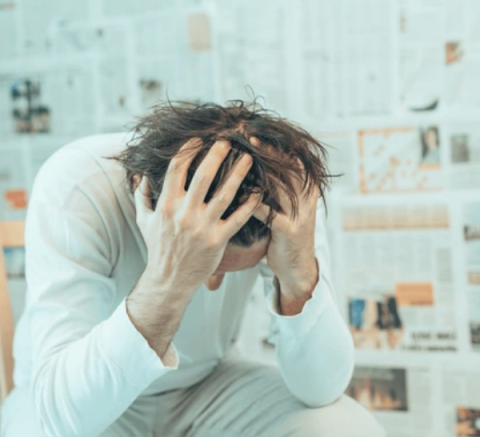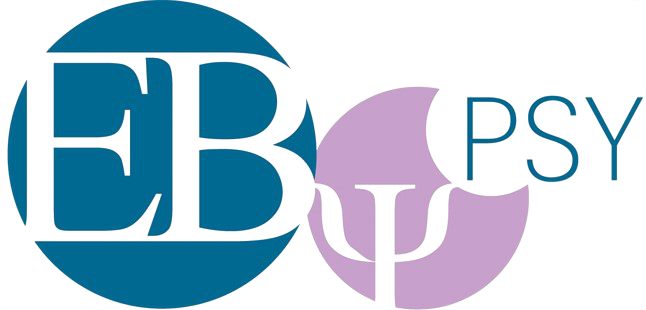
Have you ever found yourself doubting whether an experience, memory, or perception is real? Or maybe you've questioned the validity of a thought or belief you held onto for years. This process—of evaluating whether one's perceptions align with reality—is known as reality checking in psychology. Reality checking plays a crucial role in mental health, cognitive processing, and even everyday decision-making. In this article, we’ll explore what reality checking is, why it matters, how it relates to mental health conditions, and practical ways to improve it in daily life.
What Is Reality Checking?
Reality checking refers to the cognitive process of distinguishing between what is real and what is imagined, distorted, or misinterpreted. It helps individuals verify their thoughts, perceptions, and beliefs against objective evidence. This psychological tool is essential for maintaining a grounded sense of reality and preventing false assumptions or delusions from taking hold.
Reality checking is a fundamental aspect of metacognition, or thinking about one’s own thinking. It allows us to reflect on our perceptions, compare them to external information, and correct distortions before acting upon them. This process can be as simple as double-checking whether you locked the door before leaving the house or as complex as questioning deeply held beliefs influenced by biases, emotions, or misinformation.
Why Reality Checking Matters
Reality checking is an essential cognitive skill that impacts various aspects of life, including:
-
Decision-Making: Ensuring that choices are based on factual information rather than misperceptions or emotional reactions.
-
Emotional Regulation: Helping individuals manage anxiety, paranoia, and other distressing emotions by distinguishing between real threats and imagined ones.
-
Mental Health Maintenance: Reducing cognitive distortions that contribute to disorders like depression, anxiety, or different forms of psychosis.
-
Interpersonal Relationships: Preventing misunderstandings and conflicts by verifying assumptions before reacting to situations.
By strengthening reality-checking abilities, individuals can improve self-awareness, mental clarity, and overall psychological well-being.
Reality Checking and Mental Health
Reality checking plays a particularly crucial role in mental health conditions that involve cognitive distortions, delusions, or hallucinations. Some examples include:
1. Schizophrenia and Psychotic Disorders
People experiencing schizophrenia or psychosis often struggle with distinguishing reality from hallucinations (false sensory experiences) or delusions (strongly held false beliefs). Reality checking can help individuals with psychotic disorders assess whether their perceptions are consistent with objective evidence. Therapy, medication, and structured reality-testing strategies can aid in this process.
2. Anxiety Disorders
Anxiety can cause individuals to feel more sensitive and intense emotions in response to thoughts about situations—imagining worst-case scenarios that may not be grounded in reality. For example, a person with social anxiety might believe that everyone is judging them harshly, even though no evidence supports this notion. Reality checking helps individuals reframe their thoughts and recognize when anxiety is distorting their perception.
3. Obsessive-Compulsive Disorder (OCD)
People with OCD often experience intrusive thoughts that lead to compulsive behaviors. For example, they may repeatedly check if the stove is off, despite having already verified it. Reality checking techniques can help individuals challenge irrational fears and reduce compulsive behaviors.
4. Depression
Depression can lead to negative thought patterns, such as feeling worthless or believing that no one cares, you're alone, or you're worthless. Reality checking enables individuals to assess whether these thoughts are supported by evidence or if they are products of a depressive mindset.
How to Improve Reality Checking Skills
While some individuals naturally engage in reality checking, others may struggle with cognitive distortions. Fortunately, reality checking is a skill that can be strengthened with practice. Here are some effective strategies to improve this ability:
1. Seek Objective Evidence
Before accepting a thought or perception as true, look for supporting evidence. Ask yourself:
-
What facts support this belief?
-
What evidence contradicts it?
-
Am I relying on emotions rather than objective information?
2. Use Cognitive Behavioral Therapy (CBT) Techniques
CBT is a psychological approach that helps individuals challenge irrational thoughts. One useful CBT technique for reality checking is the Socratic questioning method, which involves asking critical questions to test the validity of a belief. For example:
-
Is there another way to interpret this situation?
-
What would I tell a friend if they had this thought?
-
Could my emotions be influencing my perception?
3. Grounding Techniques
Grounding exercises help bring attention back to the present moment and differentiate reality from imagination. Simple grounding techniques include:
-
The 5-4-3-2-1 technique: Identify five things you see, four things you feel, three things you hear, two things you smell, and one thing you taste.
-
Deep breathing exercises to calm the mind and reduce cognitive distortions caused by stress.
4. Reality-Checking Journals
Keeping a journal to track thoughts, perceptions, and reality-checking reflections can be helpful. Writing down irrational thoughts and comparing them with objective evidence allows individuals to recognize patterns in distorted thinking and work toward correcting them.
5. Seek External Perspectives
Sometimes, our personal biases prevent us from accurately assessing reality. Talking to a trusted friend, therapist, or mentor can provide an external viewpoint and help validate or challenge one’s perceptions.
6. Mindfulness and Meditation
Mindfulness practices help individuals stay present and observe their thoughts without immediate judgment. Meditation can enhance awareness of cognitive distortions and improve the ability to distinguish between reality and mental projections.
7. Limiting Exposure to Misinformation
In today’s digital world, misinformation spreads easily. Practicing media literacy by verifying sources, fact-checking news, and avoiding echo chambers can strengthen reality-checking abilities in everyday life.
Reality Checking in Dreams and Lucid Dreaming
Reality checking is not only relevant in waking life but also plays a significant role in lucid dreaming, where a person becomes aware they are dreaming and gains control over the dream. Lucid dreamers use reality checks, such as:
-
Looking at text twice to see if it changes
-
Pinching their nose and trying to breathe through it
-
Checking the functionality of light switches These techniques help individuals recognize when they are in a dream state and increase self-awareness within dreams.
What is the takeaway here?
Reality checking is a powerful cognitive skill that enables individuals to verify their thoughts, perceptions, and beliefs against reality. It is essential for decision-making, mental health, and emotional well-being. By practicing reality-checking techniques—such as seeking evidence, using CBT methods, and engaging in mindfulness—individuals can enhance their ability to navigate life with clarity and rationality. Whether applied to everyday decision-making, mental health management, or even lucid dreaming, reality checking remains a crucial tool for maintaining a grounded and accurate perception of the world around us.
